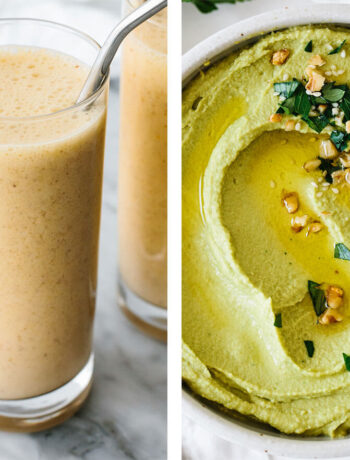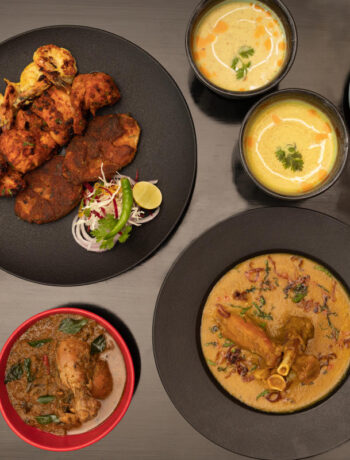The average American spends more than 400 hours in the kitchen each year. With living costs rising, this number will only increase as more Americans look to save money by preparing meals at home. Chicken is a dietary staple, so it is only natural to look for a delicious chicken recipe that can be a go-to meal.
Endlessly searching for an enjoyable chicken recipe online sounds tedious. So instead, follow these tips for coming up with your own chicken recipe.
1. Get Inspired With Chicken Recipes
Before creating your recipes for cooking chicken, browse through some cookbooks or cooking websites. Find chicken recipes that sound appealing and give them a try. Take note of the things you enjoyed and the things you did not like.
This gives you a chance to try different cooking techniques and flavor profiles. In addition, you can use this research to figure out what type of recipe you want to create. For example, maybe you prefer cooking thighs over breasts.
A good place to start is with a roasted chicken recipe. Learning how to cook roast chicken is a fundamental place to start.
It is also a low-key recipe that doesn’t require a lot of work on your part. Throw some vegetables in with the chicken, and you can have roasted potatoes, onions, and carrots with your chicken.
2. Practice Your Skills
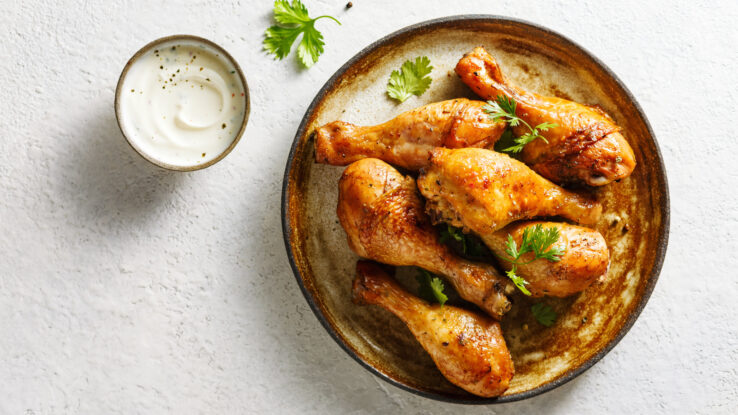
Source: tastingtable.com
You need to walk before you can run. So spend time learning cooking basics before you try to get motivated to make your own recipe. This includes proper measuring and cutting techniques.
Start with learning how to cook chicken. Cook chicken in several different ways to understand the cooking process and how it affects the chicken.
- Baking
- Poaching
- Simmering
- Sauteeing
- Grilling
- Pan-frying
- Deep-frying
You need to master these skills because they are essential to creating a delicious recipe. For example, what if you created an amazing recipe, but your own cooking skills stunted the outcome? You may think the recipe is a failure when it just needed a more skilled chef.
3. Write Everything Down
When crafting your recipe, there are two ways to approach the process. First, write down a list of ingredients you want to use. You can then use the checklist to ensure you use everything as you experiment.
The other option is to hop in the kitchen and start experimenting. Let the food direct you to the perfect recipe.
With either method, you need to write down what you used and how much after you finish cooking. You won’t remember if you wait too long, making it impossible to recreate the recipe again in the future.
Writing down the recipe also is a must for you to be able to do the next tip.
4. Play With Proportions

Source: medicalnewstoday.com
Once you have your basic recipe idea, it is time to get in the kitchen. Prepare the recipe and give it a taste. This is the time to play with the ingredient proportions.
Balancing flavor in food is a science. Five flavor elements round out a dish: sweet, salt, bitter, sour, and umami. The first four are self-explanatory. Umami is a little harder to define.
Think of umami as the missing ingredient in a delicious dish that is still missing something. Ingredients that are slightly salty with an earthiness fall into the umami category. Mushrooms, truffles, cheese, olives, and nori are all good examples of umami-giving ingredients.
When experimenting, change one thing at a time. Trying too many changes at once will make it challenging to know which change is the one that resulted in a favorable outcome. Sticking with limited variables ensures you stay organized.
5. Think About the Presentation
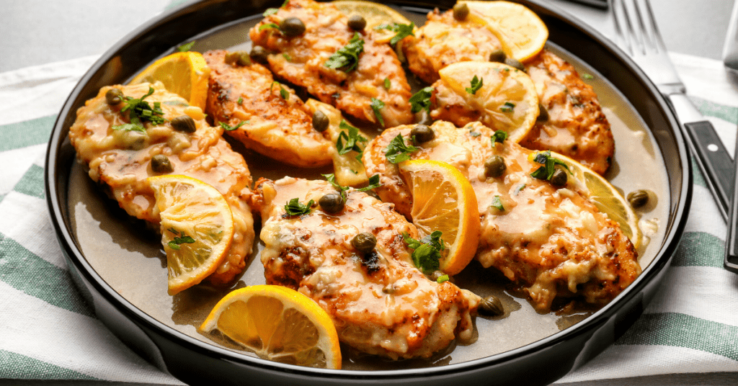
Source: insanelygoodrecipes.com
How will your recipe look when served on a plate? Scientists proved that the chef’s adage that you “eat with your eyes first” is scientifically accurate. Foods that are unpleasant to look at, an offputting color, weird shape, or unfamiliar get eaten less.
People do not want to try food that doesn’t appeal to them visually. Because of this, you could craft the most delicious chicken dish on the planet. But no one will want to eat it if it doesn’t look appealing.
Consider the type of plate or bowl you will serve the dish on. Position the chicken and other food in a way that showcases the food. Think about colors and textures.
Having a variety of colors and textures adds visual interest. Create a balance with what you add because you don’t want to go too far the other way and have too much on the plate.
6. Don’t Fear Failure
No one is perfect, and even the best chefs in the world experience an off day. Don’t lose hope if your chicken comes out too dry or you accidentally burn it. Failure and mistakes are a part of cooking.
When you experience a failed recipe attempt, write it down. Now you know not to do that again. You can also analyze what you did compared to other test runs to find the perfect balance.
Create Your Chicken Recipe
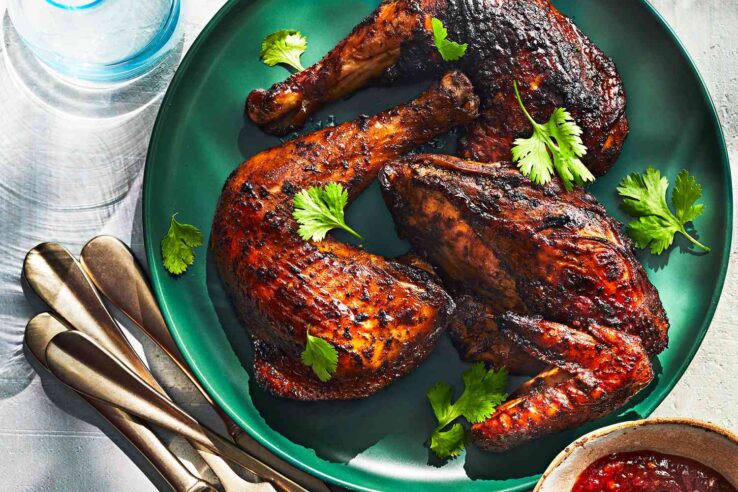
Source: foodandwine.com
With these tips, you are ready to start cooking chicken. With some experimentation, you’ll have a chicken recipe you and your family love to eat. Start with recipes that inspire you and by practicing your cooking skills.
Then begin experimenting with different ideas, foods, and flavors. Once you have a recipe you like, write it down and start experimenting. Don’t be afraid of failure; use it to encourage and guide you to the perfect chicken recipe.
Check out our other recipes and cooking articles to shake up your weeknight dinner routine.


